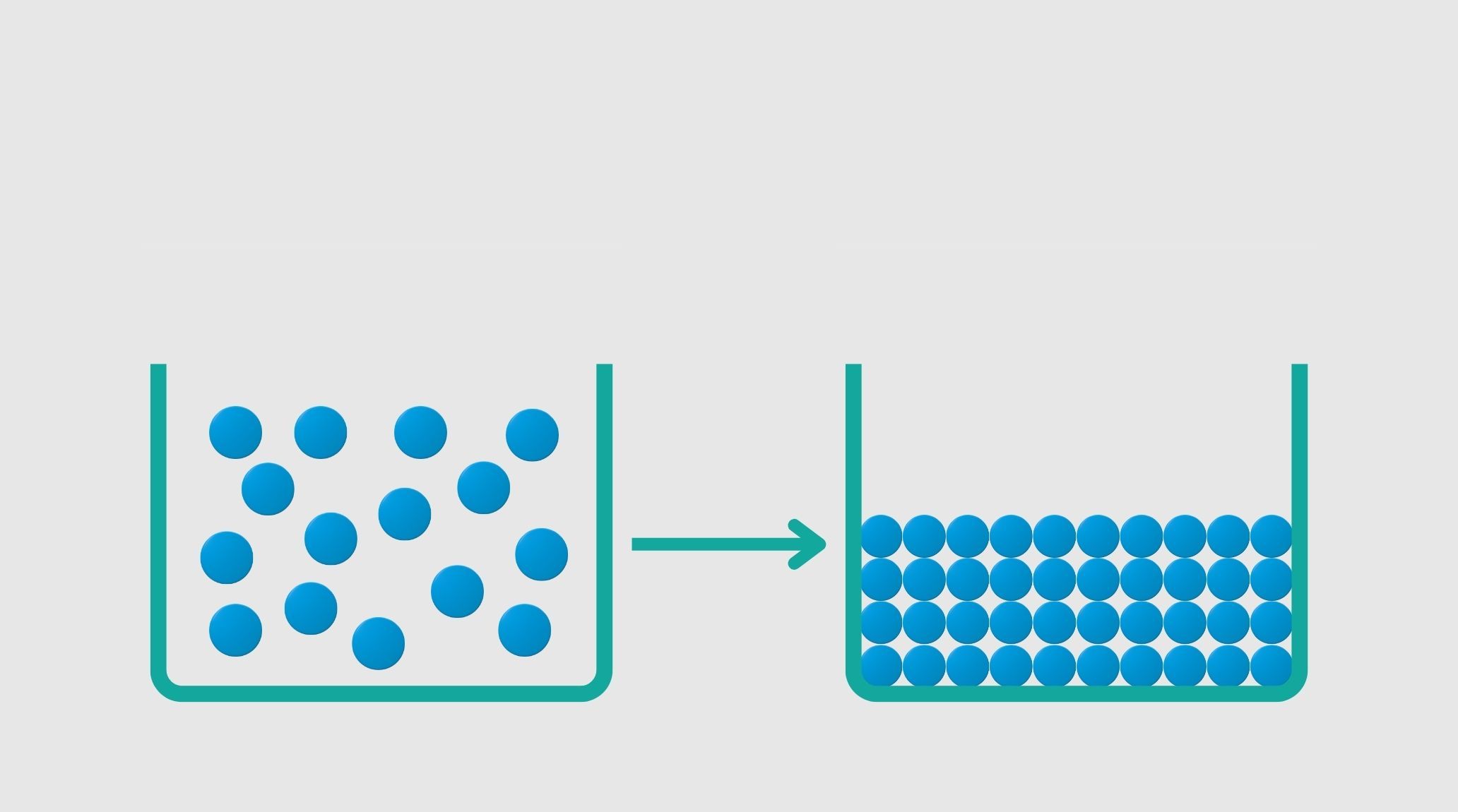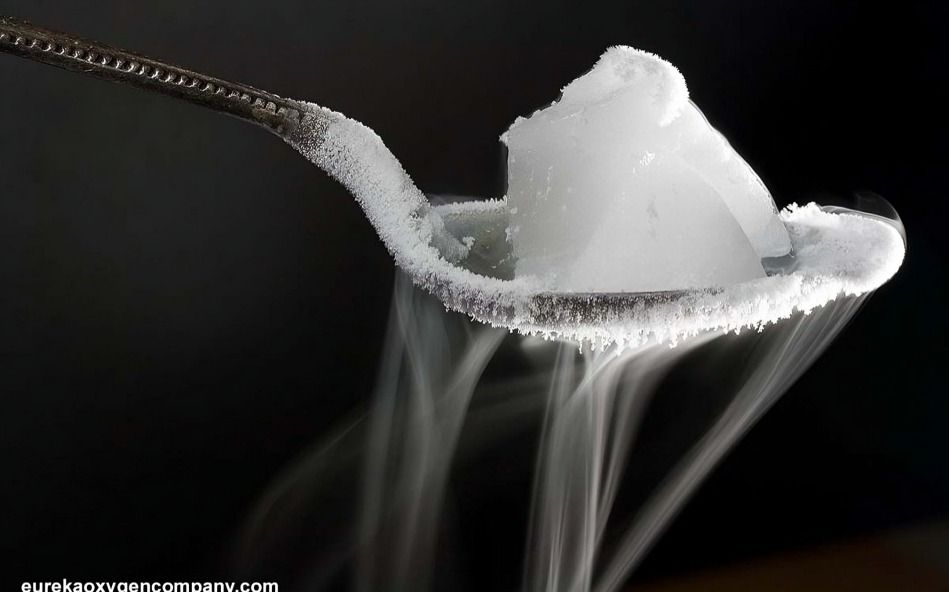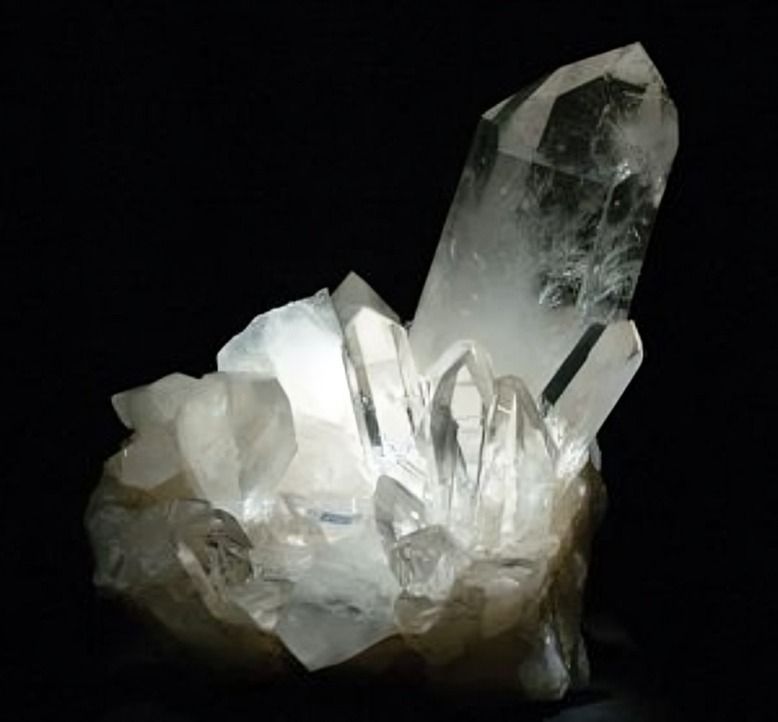
“
Deposition is a fascinating process that occurs when water vapor changes directly into a solid, such as frost or ice, without becoming a liquid first. This process is essential to the water cycle, helping form beautiful natural phenomena like frost on cold surfaces. In this blog, we will explore 20 amazing facts about deposition, focusing on how this transformation occurs in the states of water and its importance in nature. 1
1
1
”
Deposition is the process where a gas turns directly into a solid without becoming a liquid first. This phase change is often observed in nature, such as frost forming on cold surfaces when water vapor directly crystallizes. 1
In the atmosphere, deposition contributes to the formation of frost. When the air's moisture vapor cools rapidly, it bypasses the liquid phase and deposits as ice crystals on surfaces like windows, grass, and trees in winter.2
Deposition is used in industries to create thin films and coatings. Chemical vapor deposition (CVD) involves gas molecules adhering to surfaces, forming solid layers for various technological applications. 3
Snow formation is another example of deposition. Water vapor in clouds transforms directly into ice crystals due to low temperatures at high altitudes, aggregating to form snowflakes that eventually fall to the ground. 4
Some metal deposition processes use gases to create solid metal coatings. For instance, in physical vapor deposition (PVD), metal vapor condenses onto surfaces in a vacuum chamber, forming thin, solid metal layers used in electronics and optics. 5
The deposition of iodine is visible in laboratories. Iodine vapor can be cooled to sublimate directly into solid iodine crystals, demonstrating deposition through the formation of distinct purple solid crystals on cold surfaces. 6
In space environments, deposition can affect celestial bodies. For example, cometary nuclei often experience the deposition of ice and other gases from the comet’s tail, forming solid icy bodies that can be observed by telescopes. 7
Deposition plays a role in geological formations, where volcanic gases like sulfur dioxide can condense into solid sulfur. This can lead to the accumulation of sulfur deposits around volcanic vents and contribute to the sulfur cycle in nature. 8
The deposition of water vapor on the inside of a freezer leads to frost buildup. This occurs because the air inside is cooler than the dew point, causing moisture to bypass the liquid phase and form solid ice crystals. 9

The process of deposition commonly occurs with carbon dioxide in dry ice. At temperatures below -78.5°C, CO₂ gas directly transforms into solid dry ice, skipping the liquid phase and creating a dramatic visual effect when exposed to warmer air.
Deposition is key for non-stick coatings like PTFE. Gaseous precursors solidify on surfaces, creating a layer that resists sticking and corrosion, commonly used in cookware and industrial settings. 10
Deposition is utilized in the production of semiconductors. In this process, gaseous chemicals react on a silicon wafer to form thin, solid layers that are crucial for the functionality of electronic devices and integrated circuits. 11
Snowmaking machines often use deposition to create artificial snow. These machines force water vapor into cold air, where it deposits as ice crystals, mimicking natural snowfall for skiing and other winter sports. 12
The deposition of atmospheric gases can lead to the formation of certain mineral deposits. For instance, the direct deposition of sulfur from volcanic gases can create deposits of sulfur minerals found around geothermal vents. 13
Deposition is a key process in the manufacture of diamond coatings. Chemical vapor deposition (CVD) techniques are used to deposit carbon atoms onto a substrate, creating thin, solid diamond films that are valued for their hardness and durability. 14

Deposition also affects the appearance of certain minerals. For example, the process of deposition can lead to the formation of solid crystals of substances like quartz or calcite in geological environments where gases condense directly into solids.
Deposition is used in the field of materials science to create nanostructures. Gas-phase deposition techniques allow for the controlled creation of solid nanomaterials, which are used in applications ranging from medicine to electronics. 15
The process of deposition can create unique ice formations in nature, such as hoar frost. Hoar frost forms when water vapor directly deposits as ice on surfaces, creating delicate and intricate ice patterns on cold mornings. 16
Deposition processes are crucial in space exploration. For instance, ice deposits observed on Mars suggest the presence of water vapor in the planet’s atmosphere that may have directly deposited onto the Martian surface as solid ice. 17
In the food industry, deposition is used to make candy. Sugar crystals from a supersaturated solution form solid candy with specific textures and flavors, a process commonly applied in various confectioneries. 18


